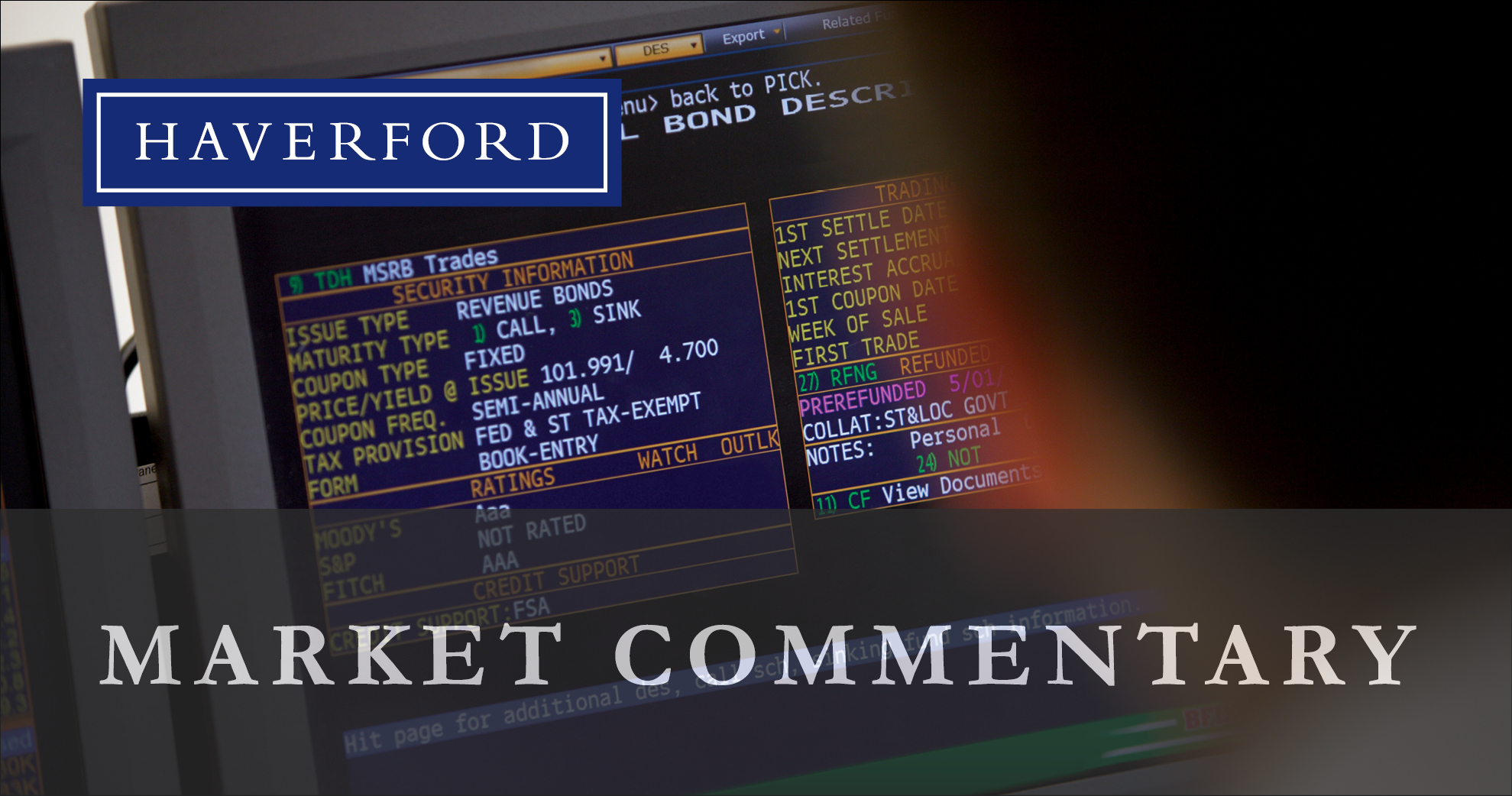Recent News and Insights
Market Commentary: July 24, 2025
The stock market continues to trade near all-time highs in conjunction with strength in the U.S. economy. Despite persistent concerns about inflation pressures and slowing growth (i.e. stagflation), the data continues to tell a more constructive story— one of cautious optimism and a consumer that remains engaged.
Market Commentary: July 16, 2025
As of Tuesday morning, July 15th, second quarter 2025 earnings reporting season is off to a solid start with several high-profile financial stocks announcing results that exceeded expectations. S&P 500 second quarter earnings are expected to grow 4.5% year-over-year, with earnings growth accelerating into the second half of 2025. Overall, investors expect corporate earnings to grow 9% in 2025, and 14% in 2026, on top of last year’s 11% earnings growth. This positive earnings forecast is one of many supporting factors propelling markets to all-time highs.
2025 Midsummer Outlook
The markets closed out the second quarter on a high note, despite unprecedented levels of uncertainty and geopolitical risk. The market’s resilience can be attributed to five key areas where investors hold an optimistic outlook: strong economic data, pro-growth policies, moderate tariffs, continued earnings growth, and advancements in artificial intelligence.
The stock market continues to trade near all-time highs in conjunction with strength in the U.S. economy. Despite persistent concerns about inflation pressures and slowing growth (i.e. stagflation), the data continues to tell a more constructive story— one of cautious optimism and a consumer that remains engaged.
As of Tuesday morning, July 15th, second quarter 2025 earnings reporting season is off to a solid start with several high-profile financial stocks announcing results that exceeded expectations. S&P 500 second quarter earnings are expected to grow 4.5% year-over-year, with earnings growth accelerating into the second half of 2025. Overall, investors expect corporate earnings to grow 9% in 2025, and 14% in 2026, on top of last year’s 11% earnings growth. This positive earnings forecast is one of many supporting factors propelling markets to all-time highs.
The markets closed out the second quarter on a high note, despite unprecedented levels of uncertainty and geopolitical risk. The market’s resilience can be attributed to five key areas where investors hold an optimistic outlook: strong economic data, pro-growth policies, moderate tariffs, continued earnings growth, and advancements in artificial intelligence.
Wall Street Journal – Hank Smith, Director, Head of Investment Strategy, was recently interviewed by The [...]
The S&P 500 hit a post “liberation day” high on June 12th, before news of Israeli strikes on Iran’s nuclear facilities and senior military personnel caused the market to trade lower. In addition to the human impact of these conflicts, markets remain sensitive to the influence on energy prices. As of this writing it doesn’t appear that Iran’s oil infrastructure has been specifically targeted, but the price of Brent Crude Oil contracts spiked 8% to close Friday at $75 per barrel, higher but below the highs of earlier this year.
Thomas Bayer, CFP®, MT, Wealth Planner tbayer@haverfordquality.com When the Markets Give You Lemons, Make [...]
PGA Press Release - GA of America Golf Professional Trevor Bensel of LuLu Country [...]
Thomas Bayer, Jr., CFP®, MT Senior Wealth Planner One of the greatest gifts or [...]










